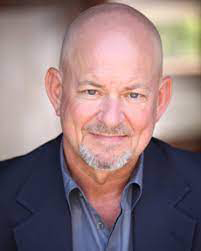A Brief History of USTA Adult Leagues and NTRP Ratings
Rich Neher
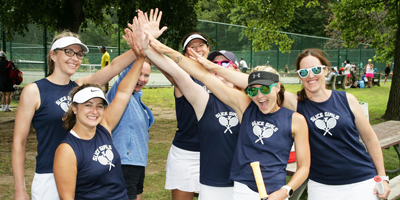
Too bad that 2020 will forever be remembered as the year a huge pandemic hit our country and the world. For U.S. tennis players, I think it should have been remembered for celebrating 40 years of the USTA Adult League program.
This is the story of the program and some of the well known and less weill known people who made and make it happen.
World’s Largest
When USTA executives and volunteers began to warm up to the idea of a national league tennis program in the ‘70s, they had no idea that their initiative would eventually create the world’s largest organized tennis league. I was very lucky to not only become a USTA league participant at various times in my life, but I also had the privilege to work with some of the people that made--and make--the program run like clockwork.
From 2006 until 2010 I worked on the USTA Tennislink Team as the lead for adult leagues and NTRP ratings. By the time I had become professionally involved, the National League program was already 26 years old.
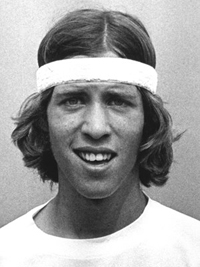
Chronologically, the success story began taking shape in the late ‘70s at a time when some USTA sections already had local league programs in place. After some marketing research, the USTA started a National League Pilot Project in 1978.
Former tennis professional and current United States Professional Tennis Association (USPTA) CEO John Embree recalls: "The program began in 1978 with five pilot cities running leagues using the NTRP: Anderson, SC, Birmingham, AL, Rome, GA, Atlanta, and Lynchburg, VA.
"I was asked to run the pilot program in Lynchburg where I was a teaching pro at one of the clubs. The USTA Regional Vice President at the time was George W. Fix who asked me to get involved. After those cities conducted their local play, the winners participated in a regional playoff in Atlanta in November of 1978, just prior to Thanksgiving."
Embree remembers that the pilot programs were expanded to include Milwaukee, Wisconsin, and a league in Pennsylvania in 1979. A "quasi" national championship was held in Pennsylvania that fall and the tournament was conducted by the late Jackie Kimball, who also ran the pilot leagues In the state.
Embree continues, "In March of 1980, at the USTA Annual Meeting in Florida, the USTA passed a bylaw forming the USTA Adult league program, adopting the NTRP as the rating system and formed a volunteer committee in which I served as the Co-Chair along with Sheila Collopy, who was instrumental in running the Milwaukee pilot program the year prior.
National Sponsor
Pat Devoto describes getting a national sponsor to create the necessary funds as a pivotal moment. By the time the national program was officially started in 1980, Michelob Light became the title sponsor and Wilson became the official ball sponsor. Embree recalls how this came about: "Through a contact made by the head of Wilson Sporting Goods Tennis Promotions, we were invited to St. Louis to meet with the folks at Anheuser Busch about a sponsorship deal in early April, less than one month after the program was officially formed.
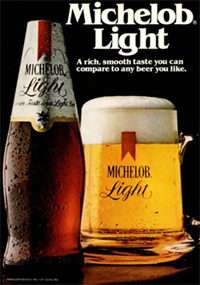
Marvin Richmond was the first Vice president of the USTA and a lawyer who ended up drafting the agreement. It was at that meeting that the agreement was made for Michelob Light to serve as the title sponsor of USTA Adult Leagues."
Ben Ball, former Executive Director of what is now the Texas section, said, "Michelob Light was the sponsor, and the company gave us beer coming out our ears."
John Embree says, "Rules and regulations had to be drafted and approved by our committee because we had none. To this day, those original Rules and Regulations are still the basic framework for the Rules and Regulations for USTA Adult Leagues.
"We cobbled together a framework that allowed for flexibility at the local level so that local leagues could use their existing rating levels but created a format using the NTRP that could work for Regional Championships and eventually, National Championships. The first event was hosted by Alan Schwartz at the Midtown Tennis Club in Chicago in October, 1980."
At the time, USTA section leagues already used the National Tennis Rating Program describing different play levels. One of the challenges the league program experienced early on was the manual self-rating process.
Described as quite subjective, it enabled a lack of consistency in playing levels across the nation. That problem also resulted in a large number of disqualifications. When tennis teaching pros were tasked with organizing so-called rating clinics, playing levels became a little less of a challenge, but the problem didn’t go away.
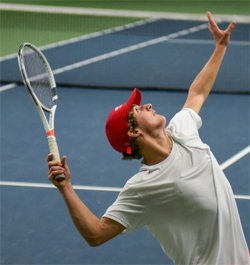
During the meeting with Anheuser Busch in St. Louis, Embree was asked if he would consider serving as the league administrator. He started in the USTA offices at 51 East 42nd street in New York in early May.
In the 25-Year Anniversary book, John Embree recalled three keys to the early success of the league program: Michelob Light Sponsorship, the League Tennis Committee’s agreeing to league rules, and the player’s acceptance of NTRP over the antiquated A, B, C rating system.
Embree adds, "As far as the NTRP is concerned, the whole intent was to have level-based play at the 3.5, 4.5 and 5.5 levels. As you know, the NTRP is a self-rating program.
The Carrot
But, because the carrot to go to Regional and National Championships was so attractive, winning became the driving force for many teams at the expense of having equal competition. Thus, we had to establish a system of verification and disqualification, which as you can imagine, was painful."
In 1985, David Schobel became National League Administrator and I had the pleasure of working with him during my time on the USTA Tennislink Team. Schobel cited his early challenges as managing the turnover of local league coordinators, introducing USTA membership as a requirement for participation in the league, and persuading other tennis leagues to use the NTRP rating system.
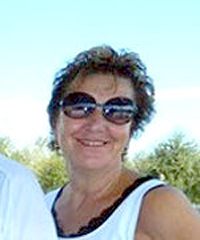
Larry Jones – NTRP Guru
USTA ratings for league players are forever remembered as the brainchild of a teaching pro and ratings verifier from Utah by the name of Larry Jones. In the early ‘80s, the self-described "computer tinkerer" had developed a program called CompuRank for player rankings which was mainly used by the USTA’s Intermountain section and a few other districts.
In 1984, Jones explored ways to adapt CompuRank to do ratings for all league players, not just the ones that went to National Championships. Staff training began shortly thereafter and by 1991 all USTA sections had implemented CompuRank in their league programs.
After the USTA had purchased CompuRank and subsequently renamed it NTRP, Jones became a Consultant and then a staff member working with Tennislink where he trained and mentored me starting in 2006.
Former Michigan teaching pro, verifier, and longtime league volunteer Tom Gray wrote about Larry, "Jones is very modest about his influence on USTA League Tennis, but those who have been involved know that he and his CompuRank software program have very positively influenced the growth of league tennis for many years."
Sheila Gollopy had directed leagues in Wisconsin and helped with the League Pilot project in 1979. She is quoted as saying "…outstanding staff, dedicated volunteers, the sponsors, and the USPTA working to train pros as Verifiers have all been keys to the program’s success."
Diane Ansay, Midwest Section League Coordinator from 1987 until 2000 said that the toughest part about getting the league going was the NTRP system. "First, understanding how it worked and then explaining it to others." For Ansay, being part of the league program had been a significant part of her life. "It has been incredibly rewarding and I wouldn’t have changed things for anything."
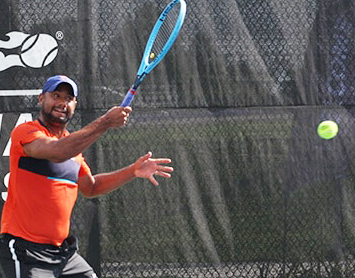
Over the years, the program went through many changes and improvements, including coordinators, and administrators. Three aspects stayed with it and the program benefitted greatly from them. It is designed to provide a level playing field, encourage social interactions, and the national championship pathways provide fun and excitement for players of many levels.
NTRP ratings have always been a hotly debated issue and will probably be for the foreseeable future. The main point of contention is the entry point into USTA Leagues, the computerized system of rating yourself. If a player is not truthful about their tennis experience, they will enter the system under false pretenses, throw off rating calculations and potentially generate complaints and grievances.
The other source of irritations is the fact that many players don’t really understand NTRP and others sometimes overestimate their abilities. Playing at the correct level is the ultimate goal for everyone involved in administrating league play.
I remember from my time working with NTRP that more than 90% of all players were happy with the system and I believe that number hasn’t changed much. It speaks volumes for the program and the goodwill it continues to create in our tennis communities nationwide.
Conclusion
Despite all the changes the USTA Adult League Program went through over the years and decades, it has survived remarkably well. According to the USTA, over 300,000 players are currently participating in USTA Leagues.
While that number of unique players has gone down since 2011, the number of registrations has gone up steadily. Fewer players are participating more because they get real value out of it. The challenge for the USTA is how to attract new players into the program when young people never had more choices for spending their time.

Various USTA section initiatives are trying to bring new players in. Third-party organizations are relentlessly pointing out that America’s youth needs to get off the couch. As a fan of USTA Adult Leagues, I support those efforts because I know once a kid or an adult has started playing tennis, we have a good chance of keeping that individual in the sport – if we do it right. Once that person starts participating in USTA Adult Leagues, those chances are better than average to keep them playing.
John Embree concludes, "As I look back on my 45+ years in the industry, this is my greatest contribution to our sport. I have had a fabulous career and have been involved with so many incredible products and projects with fantastic team members.
"But, without question, I am most proud of what league tennis has meant to our game and to USPTA professionals where league teams drive so much of their personal revenue. League players are the backbone of tennis professionals and coaches."



